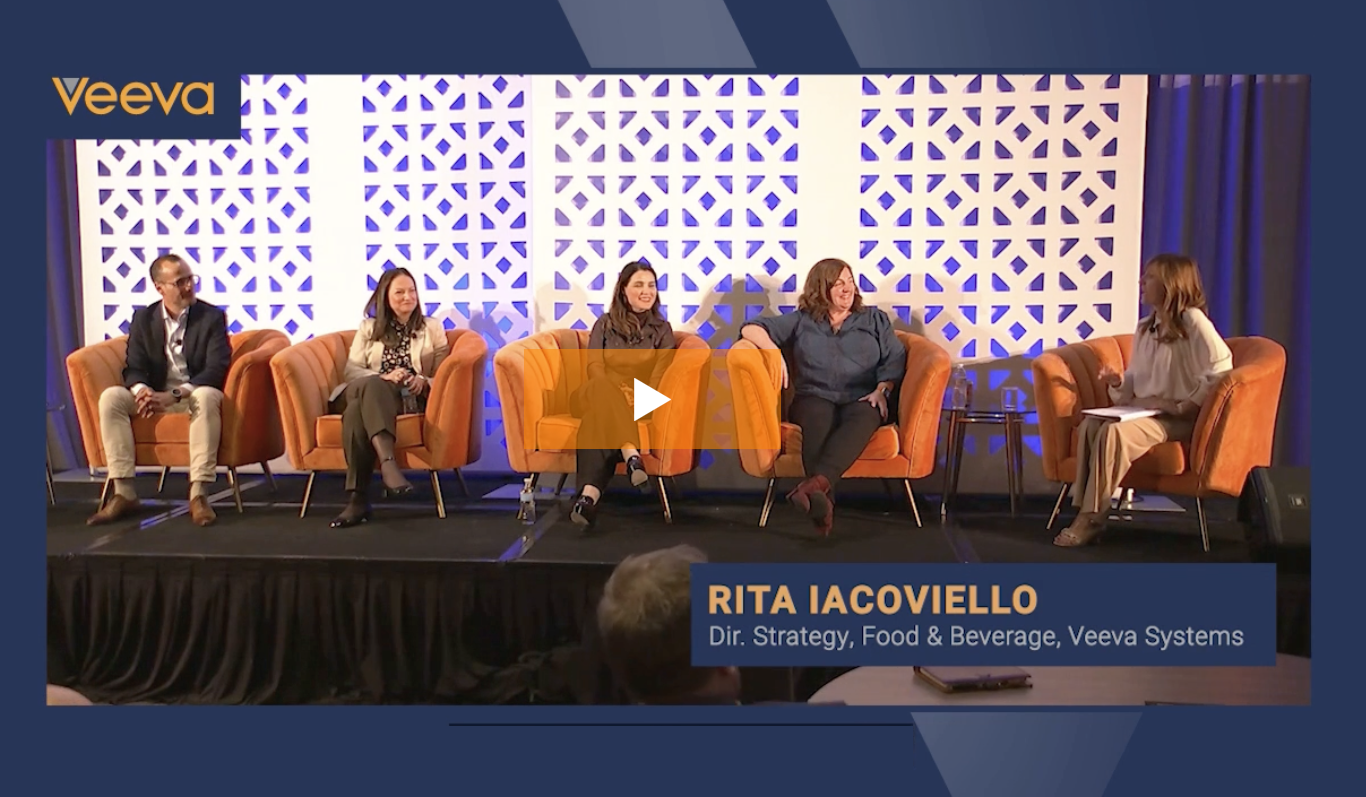
Nestlé Clinical Research Unit adopted Veeva solutions to centralize documentation, operational data, and reporting for clinical studies, immediately resulting in significant cost and time savings.

Syngenta took the bold step of implementing a cloud-based system that provides a single source of truth, revamping regulatory processes that previously took weeks into tasks that now take seconds.
Read More >
Learn why dietary supplement producer New Chapter Inc. chose Veeva QualityOne to modernize their quality document systems to drive day-to-day business decisions, workflows and personnel timelines.
Read More >






















